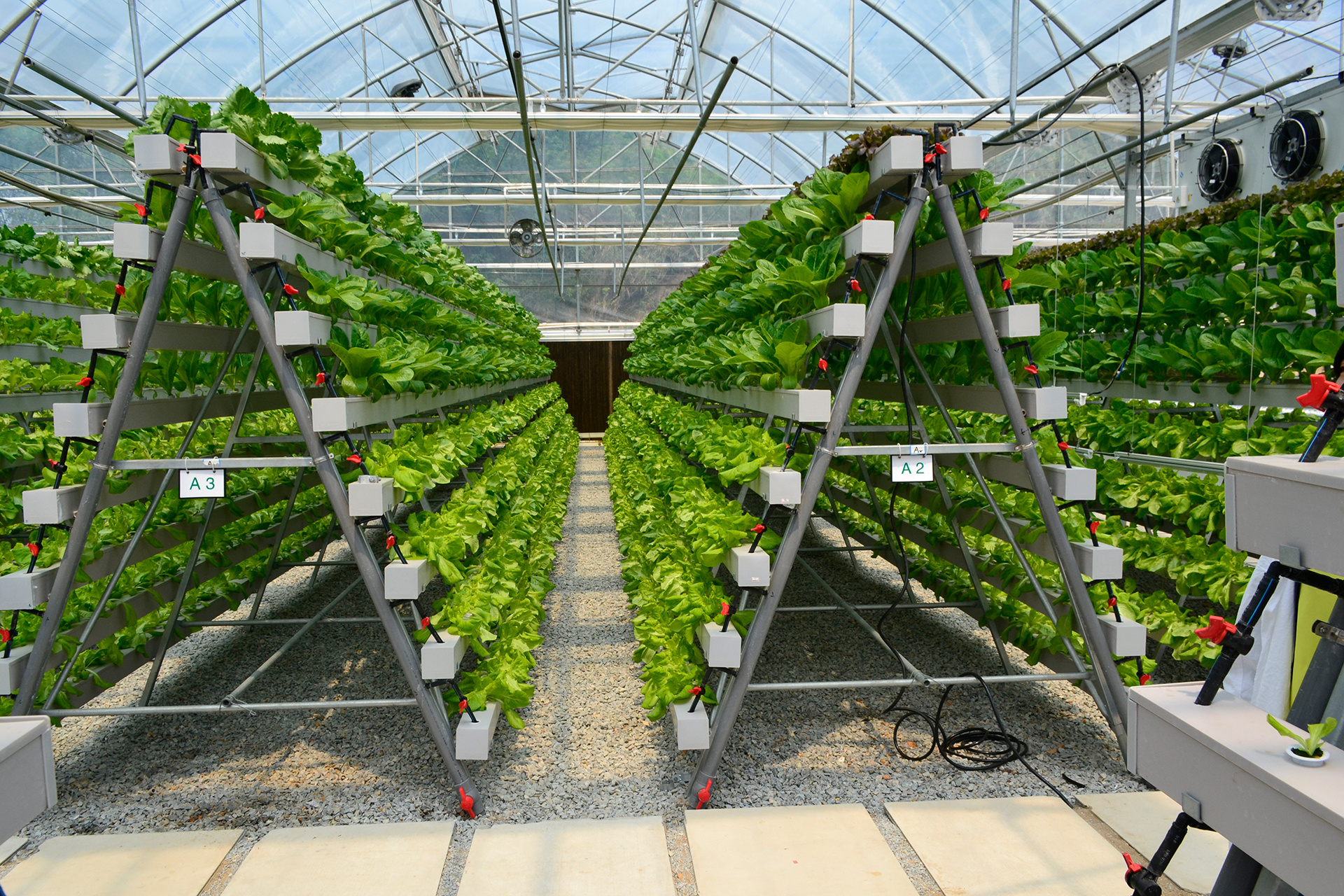Exploring the Advantages of the Best Soilless Culture Greenhouses for Modern Agriculture
Release time:
Jul 10,2025
Summary:In the evolving landscape of agriculture, soilless culture has emerged as a groundbreaking technique that allows for efficient plant growth without the use of traditional soil. The best soilless culture greenhouses leverage this innovative approach, offering a range of benefits that make them increasingly popular among growers worldwide.
Soilless culture, which includes methods like hydroponics,
In the evolving landscape of agriculture, soilless culture has emerged as a groundbreaking technique that allows for efficient plant growth without the use of traditional soil. The best soilless culture greenhouses leverage this innovative approach, offering a range of benefits that make them increasingly popular among growers worldwide.
Soilless culture, which includes methods like hydroponics, aquaponics, and aeroponics, uses nutrient-rich solutions or inert growing mediums to cultivate plants. This method eliminates many of the soil-borne diseases that can hinder traditional agriculture, leading to healthier plants and higher yields. The best soilless culture greenhouses are designed to optimize these practices, providing an ideal environment for plant growth.
One of the most significant advantages of using a soilless culture greenhouse is the enhanced control over growing conditions. Growers can precisely manage water, nutrients, and pH levels, which allows for more predictable and consistent crop production. This level of control is particularly beneficial in regions with less-than-ideal soil conditions or varying climate factors. The ability to create a controlled environment can lead to faster growth cycles and, ultimately, higher productivity.
Moreover, soilless culture systems tend to use water more efficiently than traditional soil-based methods. Since the water is recirculated in many systems, it reduces overall consumption and minimizes waste. This conservation of resources is not only environmentally friendly but also translates into cost savings for growers. In addition, the controlled environment of a soilless culture greenhouse can help in maximizing space utilization, allowing for vertical farming techniques that make it possible to grow more crops in a smaller area.
Another benefit of the best soilless culture greenhouses is the sustainability aspect. As food production faces increasing pressure from population growth and climate change, soilless culture can provide a solution that requires less land and fewer resources. It allows for year-round production, independent of seasonal weather changes, making it an ideal choice for urban agriculture and areas with limited arable land.
In conclusion, the best soilless culture greenhouses represent a significant step forward in agricultural innovation. By providing optimal growing conditions and maximizing resource efficiency, they offer a sustainable solution to some of the most pressing challenges facing modern agriculture. Whether you are a seasoned farmer or a newcomer to the field, exploring the potential of soilless culture can lead to enhanced yields and a more sustainable future for food production.
Soilless culture, which includes methods like hydroponics, aquaponics, and aeroponics, uses nutrient-rich solutions or inert growing mediums to cultivate plants. This method eliminates many of the soil-borne diseases that can hinder traditional agriculture, leading to healthier plants and higher yields. The best soilless culture greenhouses are designed to optimize these practices, providing an ideal environment for plant growth.
One of the most significant advantages of using a soilless culture greenhouse is the enhanced control over growing conditions. Growers can precisely manage water, nutrients, and pH levels, which allows for more predictable and consistent crop production. This level of control is particularly beneficial in regions with less-than-ideal soil conditions or varying climate factors. The ability to create a controlled environment can lead to faster growth cycles and, ultimately, higher productivity.
Moreover, soilless culture systems tend to use water more efficiently than traditional soil-based methods. Since the water is recirculated in many systems, it reduces overall consumption and minimizes waste. This conservation of resources is not only environmentally friendly but also translates into cost savings for growers. In addition, the controlled environment of a soilless culture greenhouse can help in maximizing space utilization, allowing for vertical farming techniques that make it possible to grow more crops in a smaller area.
Another benefit of the best soilless culture greenhouses is the sustainability aspect. As food production faces increasing pressure from population growth and climate change, soilless culture can provide a solution that requires less land and fewer resources. It allows for year-round production, independent of seasonal weather changes, making it an ideal choice for urban agriculture and areas with limited arable land.
In conclusion, the best soilless culture greenhouses represent a significant step forward in agricultural innovation. By providing optimal growing conditions and maximizing resource efficiency, they offer a sustainable solution to some of the most pressing challenges facing modern agriculture. Whether you are a seasoned farmer or a newcomer to the field, exploring the potential of soilless culture can lead to enhanced yields and a more sustainable future for food production.
Related Information
AI+ Agriculture: Discuss its present, challenges and future
With the development and popularization of artificial intelligence (AI) technology, the agricultural industry is ushering in a new change, and agriculture has gradually transformed from a traditional labor-intensive industry to a high-tech industry.
Jun 18,2024
Causes and solutions of strawberry albino fruit
Strawberry albino fruit is a very common physiological disease on strawberries. Strawberry albino fruit generally small fruit, fruit ripening after chlorosis can not be colored normally.
Jun 18,2024
Smart Greenhouse Global Opportunity Analysis and Industry, 2020-2027
Smart greenhouse is a farming technique, which helps user to monitor and control the growth condition of the plant and to optimize the growing process of the plants.
Jun 18,2024
Industry Information

